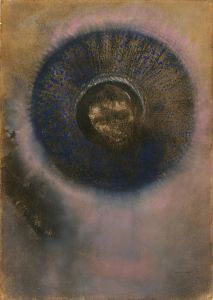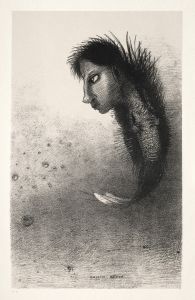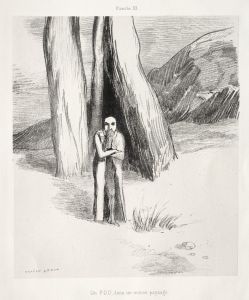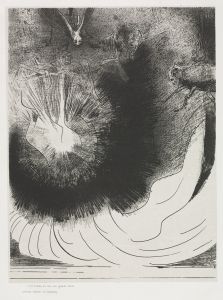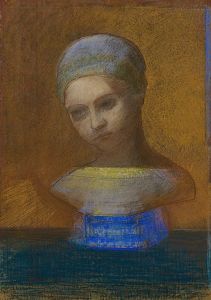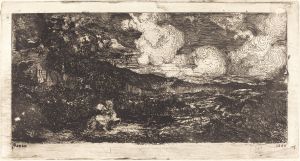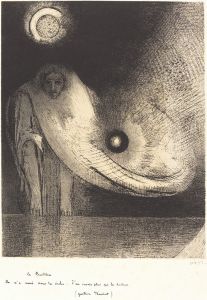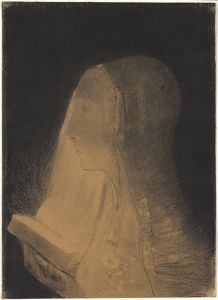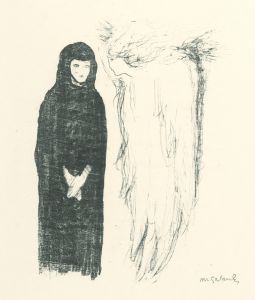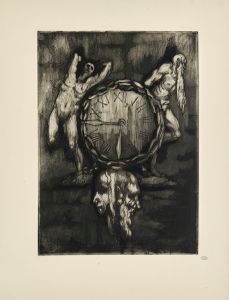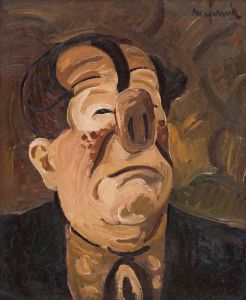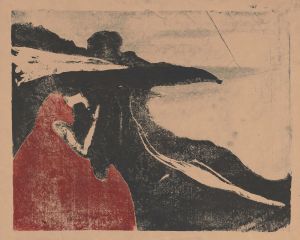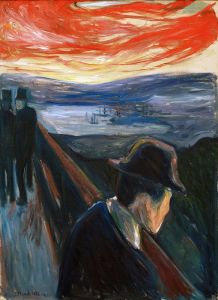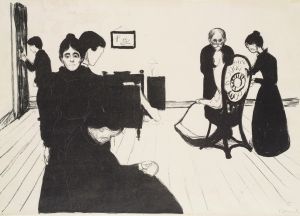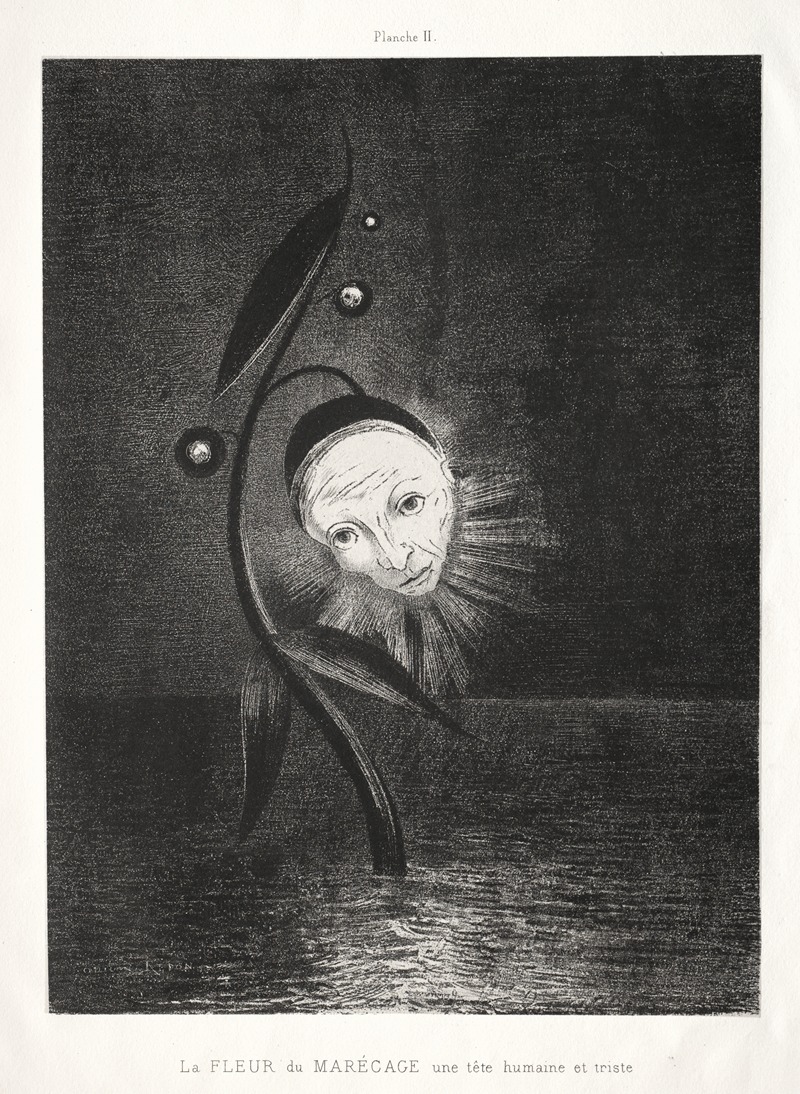
The Marsh Flower, a Sad Human Head
A hand-painted replica of Odilon Redon’s masterpiece The Marsh Flower, a Sad Human Head, meticulously crafted by professional artists to capture the true essence of the original. Each piece is created with museum-quality canvas and rare mineral pigments, carefully painted by experienced artists with delicate brushstrokes and rich, layered colors to perfectly recreate the texture of the original artwork. Unlike machine-printed reproductions, this hand-painted version brings the painting to life, infused with the artist’s emotions and skill in every stroke. Whether for personal collection or home decoration, it instantly elevates the artistic atmosphere of any space.
Odilon Redon, a prominent French symbolist artist, created "The Marsh Flower, a Sad Human Head" in 1885. This work is a part of his series of noirs, which are charcoal and lithographic works that explore themes of dreams, the subconscious, and the fantastical. Redon was known for his ability to blend reality with imagination, often producing images that evoke a sense of mystery and introspection.
"The Marsh Flower, a Sad Human Head" is a charcoal drawing that exemplifies Redon's fascination with the human psyche and the natural world. In this piece, Redon depicts a human head emerging from a marsh, surrounded by delicate, ethereal flora. The head appears melancholic, with downcast eyes and a somber expression, suggesting a deep sense of introspection or sadness. This imagery aligns with Redon's interest in the inner workings of the mind and the emotions that reside beneath the surface.
Redon's technique in this drawing is notable for its use of chiaroscuro, a method that employs strong contrasts between light and dark to create a sense of volume and depth. This technique enhances the dreamlike quality of the work, as the head seems to emerge from the shadows, partially obscured by the surrounding marsh plants. The use of charcoal allows for a range of textures and tones, contributing to the overall mood of the piece.
The symbolism in "The Marsh Flower, a Sad Human Head" can be interpreted in various ways, reflecting Redon's interest in the subjective nature of art. The marsh, often associated with mystery and the unknown, serves as a fitting backdrop for the human head, which could represent the conscious mind navigating the murky waters of the subconscious. The flowers, delicate yet resilient, might symbolize the fleeting nature of beauty and life, or the potential for growth and transformation even in challenging environments.
Redon's work was influenced by the literary and philosophical movements of his time, including symbolism and existentialism. He was particularly inspired by the writings of Edgar Allan Poe and Charles Baudelaire, both of whom explored themes of melancholy, beauty, and the human condition. These influences are evident in "The Marsh Flower, a Sad Human Head," as the piece evokes a sense of poetic introspection and emotional depth.
Throughout his career, Redon sought to create art that transcended the visible world, inviting viewers to explore the realms of imagination and emotion. "The Marsh Flower, a Sad Human Head" is a testament to his ability to convey complex psychological states through simple yet evocative imagery. The work remains a significant example of Redon's contribution to the symbolist movement and his enduring influence on modern art.
In summary, "The Marsh Flower, a Sad Human Head" by Odilon Redon is a compelling exploration of the intersection between the human psyche and the natural world. Through his masterful use of charcoal and his symbolic imagery, Redon invites viewers to delve into the depths of emotion and imagination, making this piece a lasting testament to his artistic vision.





